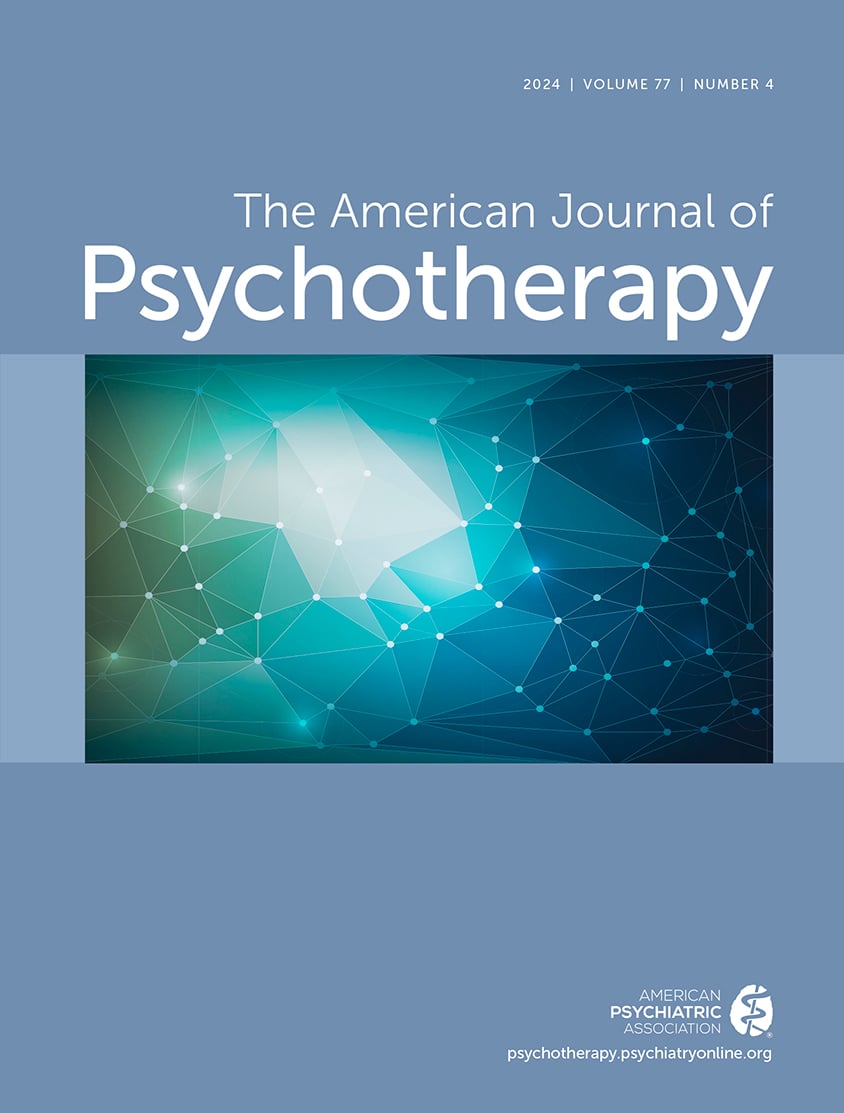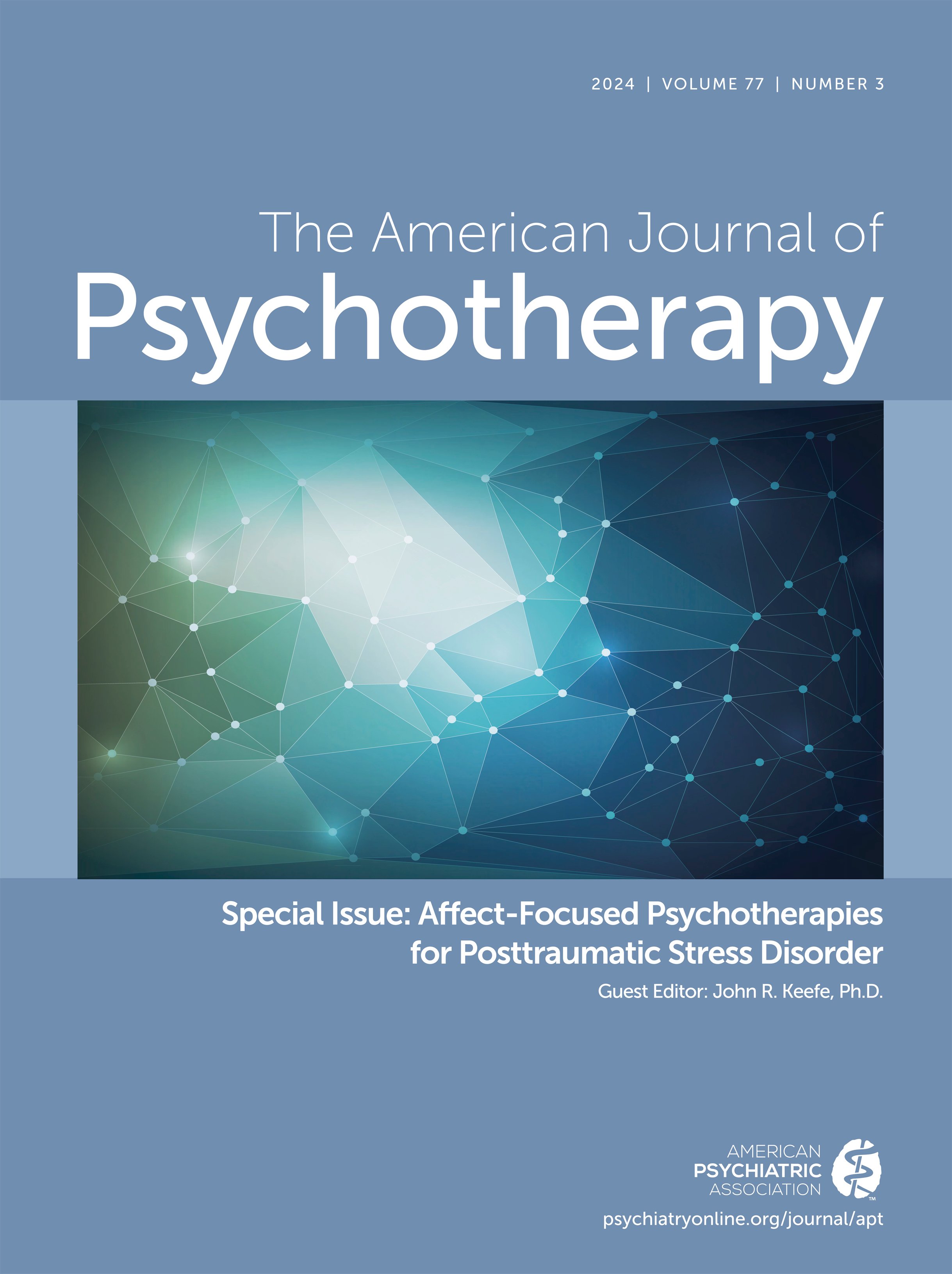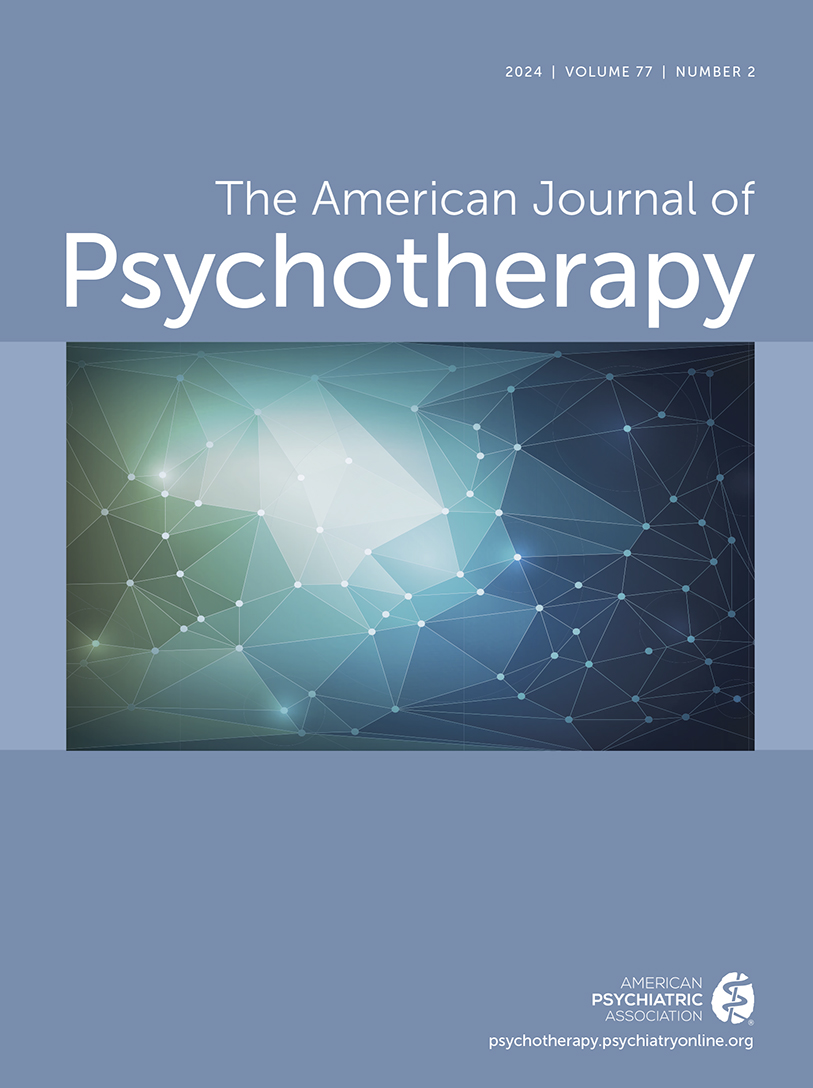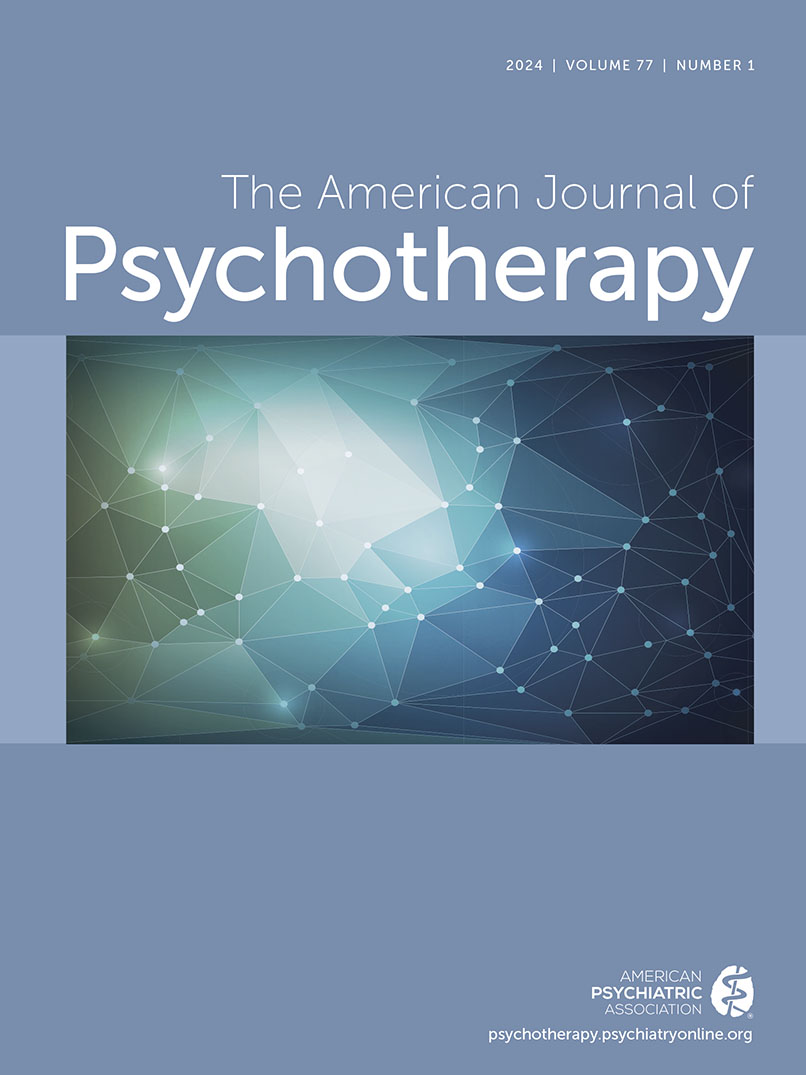American Journal of Psychotherapy
- Volume 46
- Number 3
- July 1992
Editorial
Articles
Publication date: 01 July 1992
Pages330–354This study attempts to determine the relationship between creative activity and psychopathology. Extensive information was obtained on 1,005 individuals whose biographies were reviewed in the New York Times Book Review over a 30-year period. The results ...
https://doi.org/10.1176/appi.psychotherapy.1992.46.3.330Publication date: 01 July 1992
Pages357–382Findings from a long-term research project on the creative process in the arts and sciences are applied to the practice of psychotherapy as a collaborative creative enterprise. The primacy of form and structure in psychotherapy and other creative ...
https://doi.org/10.1176/appi.psychotherapy.1992.46.3.357Publication date: 01 July 1992
Pages383–404Musical creativity can be observed in the work of performers as well as composers. This article discusses biological determinants of musicmaking, developmental factors leading to the choice of music as a career, and assessment of talents or handicaps ...
https://doi.org/10.1176/appi.psychotherapy.1992.46.3.383Publication date: 01 July 1992
Pages405–421Creativity has long enjoyed a privileged position in psycho-analytic thinking as being intimately associated with mental health generally and with the successful sublimation and neutralization of the instinctual drives and affects specifically. Moreover, ...
https://doi.org/10.1176/appi.psychotherapy.1992.46.3.405Publication date: 01 July 1992
Pages422–433The first half of the twentieth century saw a veritable epidemic of alcoholism among famous American writers. Novelists, short story writers, poets, and dramatists were afflicted with alcoholism in large numbers. In the nineteenth century only one famous ...
https://doi.org/10.1176/appi.psychotherapy.1992.46.3.422Publication date: 01 July 1992
Pages434–453Important discoveries on factors that nurture or block creative accomplishment have emerged in recent years from research on clinical, personality, and social factors in creativity. After briefly reviewing these key research findings, this paper discusses ...
https://doi.org/10.1176/appi.psychotherapy.1992.46.3.434Publication date: 01 July 1992
Pages454–469Culture exerts a profound effect on creative expression. Not only does it influence what is expressed, but it also determines by whom it is expressed, how it is expressed, and what functions this expression serves. But that is not the whole story. Despite ...
https://doi.org/10.1176/appi.psychotherapy.1992.46.3.454Publication date: 01 July 1992
Pages470–484A review of the literature suggests that the passive-aggressive (P-A) personality disorder lacks validity as a psychiatric diagnosis. However, passive-aggressiveness may be a useful construct when viewed from a dimensional rather than a categorical ...
https://doi.org/10.1176/appi.psychotherapy.1992.46.3.470Case Report
Publication date: 01 July 1992
Pages485–491The course of psychiatric illness may be complicated by an individual’s reaction to it. Psychosis, because of its unique ability to disrupt mental processing, may result in psychological trauma of considerable magnitude. We report the case of an ...
https://doi.org/10.1176/appi.psychotherapy.1992.46.3.485Book Review
Abstracts
Past Issues
View Issues Archive
Vol. 77 | No. 4

Vol. 77 | No. 3

Vol. 77 | No. 2
